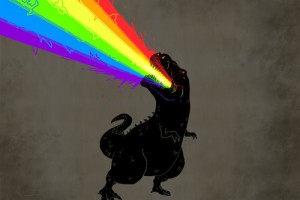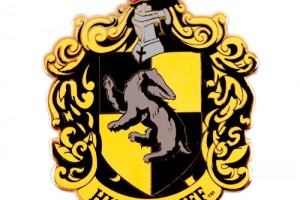= Equality =
If your facebook newsfeed was anything like mine, pink and red was the dominant color scheme of the beginning of the week. As if Valentine’s Day was having a month late resurgence, signs for equality have flooded the social media and blogospheres in the supreme courts pending ruling on the constitutionality of the Defense of Marriage Act.
As the news coverage and national anticipation increases, activists and advocates draw attention to memories from history of times when once inequality, injustice, and even abuse and slavery were the norm for others. Memories where members of both sides can agree, completely outside of the context of the homosexuality debate, that these shadows of history are ones where oppression and affliction are gladly past.
And oddly enough, the timing is interesting. Interesting in that, this attention and apprehension comes at a time when, every year, liberation, freedom, and even more radically… redemption is celebrated.
This last Saturday night, I had the rich blessing of being the guest at an orthodox Passover Seder (orthodox except in the fact that it was obviously 2 days early). This ancient tradition exists to forever preserve and to remember a time of slavery that was rote with bitterness. A season for a people that was filled with affliction. Each element of the Seder is so intentionally and carefully crafted (both by God’s command and Rabbinic Tradition) to teach and to remember Israel’s years of slavery in Egypt. Yet the Seder is unique in that it is not merely a history lesson. One cannot truly say he or she has partaken of the Seder, until each has really pondered the way in which he or she has been the object of rejection, or persecution, and of oppression. And let me explain how the elements teach us such.
1) Matzah (the unleavened bread): it is flat because it was cooked in haste—baked and removed before yeast could raise because of the need to swiftly leave the land of Egypt. Also, each serving of Matzah is both stripped and pierced with holes—representative of the stripes and piercings of slavery and affliction. After being broken, it is then eaten—participant and slave being merged in memorable ceremony.
2) As commanded in Exodus 12:8, bitter herbs (Maror) are to be eaten, so as to remind of the intense bitterness of slavery.
3) Parsley is also dipped in saltwater and consumed, by means of internalizing the tears of sorrow that were tasted in Egypt.
But, Passover just begins with the remembrance of suffering. For the great joy in Passover is remembering the deliverance.
During the course of the Seder, there are four critical ceremonial glasses of wine. Each cup corresponds to one of the four verbs in Exodus 6:6-7:
“Say therefore to the people of Israel, ‘I am the LORD, and I will bring you out from under the burdens of the Egyptians, and I will deliver you from slavery to them, and I will redeem you with an outstretched arm and with great acts of judgment. 7 I will take you to be my people, and I will be your God, and you shall know that I am the LORD your God, who has brought you out from under the burdens of the Egyptians.” (Exo 6:6 ESV)
This first cup commemorates God’s promise to bring them out of Egypt. The second recalls the plagues poured upon their captors, plagues which paved the way to receiving freedom, instead of slavery.
Yet, it is this third cup which I want to focus on today—the cup of redemption. It is this cup, directly after the meal, when Jesus says “This cup that is poured out for you is the new covenant in my blood. (Luk 22:20 ESV).
With crystalline clarity, Jesus identifies himself to be the great redeemer. Jesus is a redeemer even greater than the angel of death and the hand of God in the Exodus, for the enemy is not just one nation, and the oppressor of one people. With the cross, Jesus became the One to Redeem all humanity who believe from the enemy of sin, smashing sin’s sinister shackle of the soul, and delivers man to freedom beyond his wishes, and beyond his imagination. Because of this, those who feast, can feast like kings, because kings are those who are most truly free, and who are served wine by their servants, and who have the freedom to eat while they recline.[1]
And Jesus is the Euangellion… the good news, that all the Passover elements bring. Interestingly, all points to Jesus, as Jesus himself is the stripped and pierced bread, the broken body, who was covered and hidden away (the tomb), so as to be uncovered and risen (resurrection),[2] he is the true deliver (Yeshua), and he is the one who waits and will return, that we may all enjoy the final cup together (Matt 26:29) when the Father’s Kingdom becomes consummate at last.
In light of our Passion week, here’s to the greatest act of redemption, and the greatest equality to be found- the deliverance and the blessing of being made like a king, of being a joint heir, with the exulted God of the universe (Gal 4:7).
This is an equality underserved and beyond imagination. It is a power and a freedom beyond what could ever be petitioned from the courts of man.
Let us not let the attention of the (albeit significant) courts of man blind or deter us from the always more Supreme freedom found in the Cup of Passover Redemption—Yeshua Meshiac.
[1] When drinking the cups of wine, reclining to the left is required, to show that, on this day, all who partake are free.
[2] This practice, known as the hiding and search for the Afikommen, is a standard part of the Passover Sader.





3 Comments
Leave your reply.